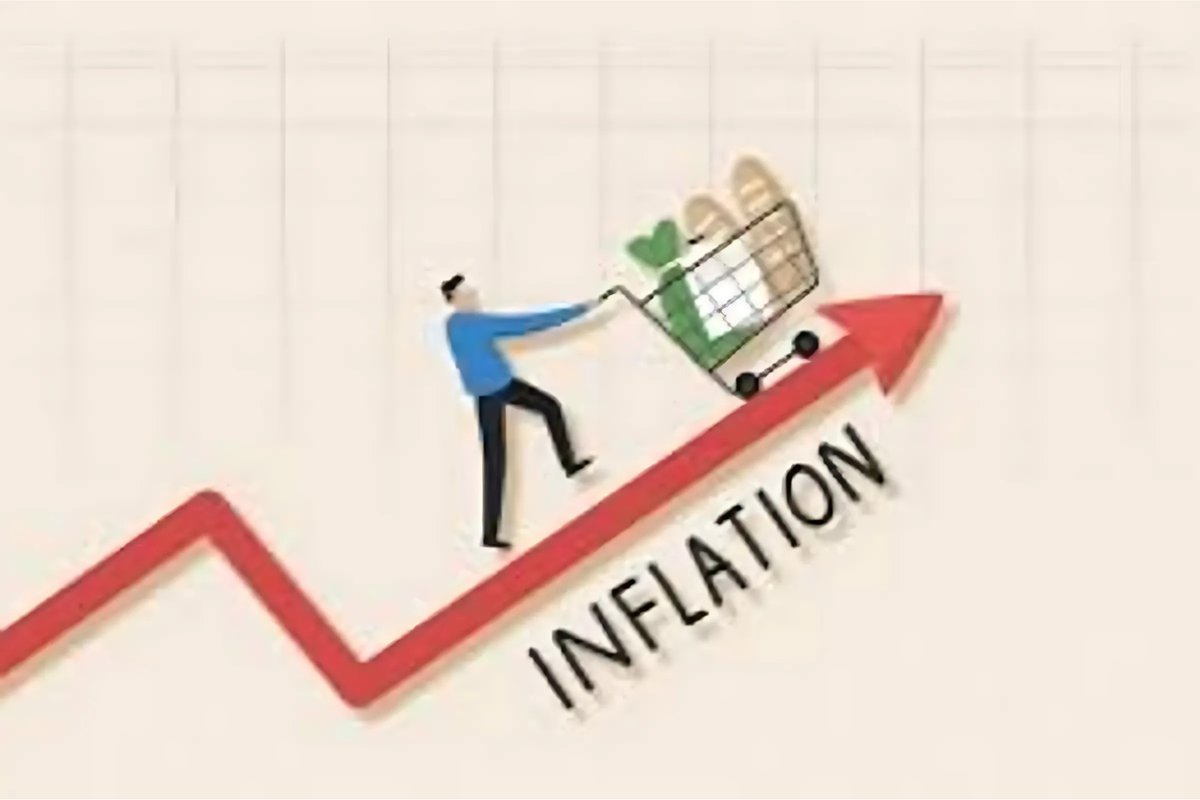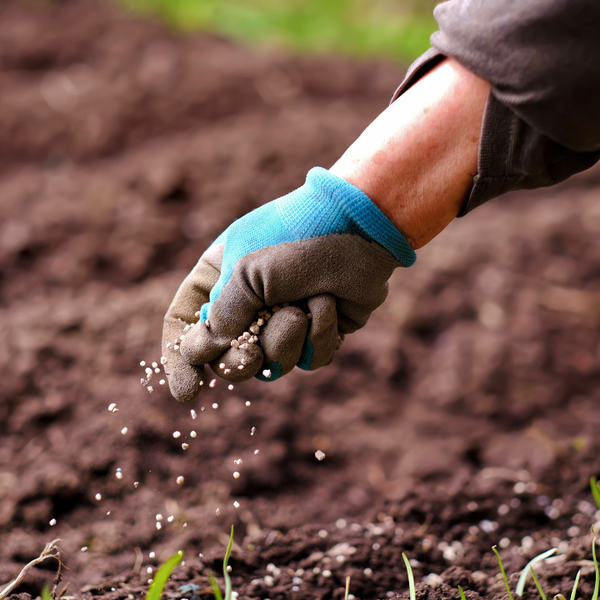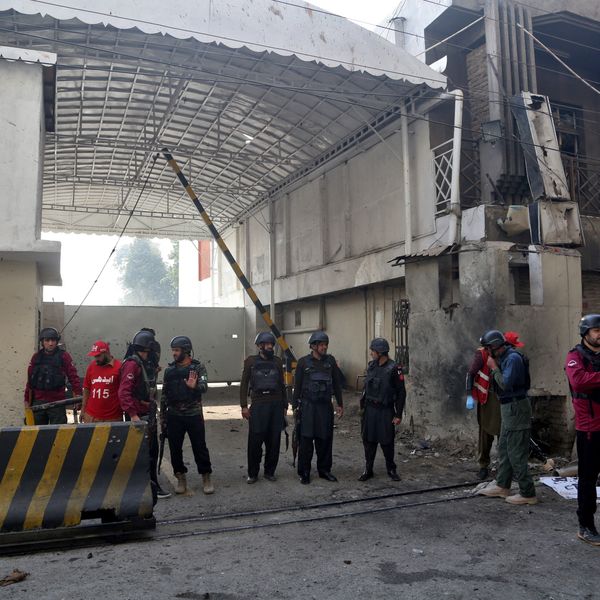Pakistan’s weekly inflation up 0.73% in last week of Nov
On a yearly basis, Sensitive Price Index goes up by 4.32%
Business Desk
The Business Desk tracks economic trends, market movements, and business developments, offering analysis of both local and global financial news.

The biggest week-on-week increase was recorded in the price of electricity, gas and food items
Pakistan’s weekly inflation rose by 0.73% in the week ending November 27, driven mainly by a sharp increase in electricity charges and higher prices of several essential food and household items, according to official data.
According to the latest Sensitive Price Index (SPI) released by the Pakistan Bureau of Statistics (PBS), year-on-year inflation for the week stood at 4.32%.
Last week, the SPI had edged up by 0.07%.
Of the 51 items tracked by the index, prices of 14 increased, 12 declined, and 25 remained unchanged during the week.
The biggest week-on-week increase was recorded in electricity charges, which surged by 11.11%, followed by LPG (3.51%), pulse moong (1.92%), vegetable ghee 2.5kg (1.12%), bananas (0.65%), cooking oil 5 liters (0.64%), powdered milk (0.43%), vegetable ghee 1kg (0.38%), cigarettes (0.25%), firewood and sugar (0.20% each), and beef (0.01%).
On the other hand, tomatoes saw the steepest price drop of 28.39%, followed by onions (10.08%), potatoes (4.58%), salt (2.47%), gram pulse (1.18%), garlic (1.12%), eggs (0.75%), and wheat flour (0.70%).
Year-on-year, some of the sharpest increases were noted in sugar (44.09%), gas (29.85%), wheat flour (16.35%), gur (16.24%), beef (13.46%), firewood (12.74%), diesel (11.66%), bananas (11.27%), vegetable ghee 2.5kg (9.17%), powdered milk (8.64%), lawn (8.29%), and cooking oil 5 liter (7.61%).
Meanwhile, major declines compared to the same week last year were observed in garlic
(-38.54%), potatoes (-34.96%), gram pulse (-28.96%), tomatoes (-26.64%), onions (-19.05%), tea Lipton (-17.79%), pulse mash (-14.97%), electricity charges for Q1 (-8.40%), salt powder (-4.23%), and LPG (-2.54%).
The SPI, which tracks the prices of 51 essential commodities from 50 markets across 17 cities, is used as a key gauge of short-term inflation trends.
Pakistan tracks inflation weekly and monthly. The former is called the SPI while the latter is tacked through the Consumer Price Index (CPI).
In October, the CPI or headline inflation rose to nearly 6.2%, surpassing market expectations of 5.5% to 5.8% and marking a one-year high, driven primarily by higher prices of perishable food items following recent floods.
Analysts have projected the inflation to rise modestly in November as energy and food prices continue to push consumer costs higher.
Optimus Research expects the national Consumer Price Index (CPI) to increase 6.6% year over year in November.
A similar projection is given by JS Global which has put November headline inflation at 6.3% year over year, up from 6.2% in October.
Both research houses expect monetary policy to remain steady in the near term.
JS Global said the State Bank of Pakistan is likely to hold the policy rate at 11%, citing the central bank’s recent decision to maintain its stance amid flood-related supply disruptions.
Optimus also expects stable policy, noting that while year-over-year inflation may edge higher in the coming months due to base effects, month-on-month momentum should remain contained.










Comments
See what people are discussing